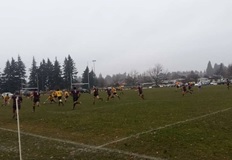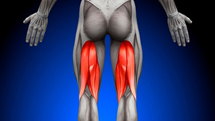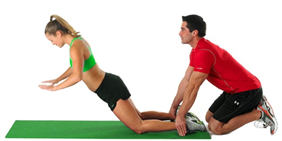‘Hamstrings’ are the collective name for the three big muscles behind our thigh that play a vital role in everyday movement and function. Due to where they attach to our skeleton (the ischial tuberosity ‘sit bone’ and lower leg) they work to extend the hip and bend the knee.
Injuries to these muscles are very commonly seen at Central Lakes Physio and they are found to be one of the most common injuries in recreational and professional sport including rugby, football and runners. Hamstring injuries include muscle strains and tendinopathy but tightness in these muscles can also contribute to other injuries including low back pain and other lower limb muscle strains.
Hamstring muscle strains can impact athletes return to sport because they can take some time to recover and also have a high rate of recurrence. Approximately one third of all athletes who sustain a hamstring injury will have a second injury and quite often these happen within the first week back to sport.
Symptoms of Hamstring Sprains
In most cases there is a notable event in which the hamstring muscle is overstretched and pain starts. Symptoms of hamstrings strains include:
- Pain at back of thigh especially when walking
- Tenderness to touch hamstring muscle
- Inability to walk/run with a normal gait pattern
- Decreased strength of the hamstring muscle
Hamstring Strains- Why is this injury so common?
There are a number of reasons why hamstring injury prevalence is so high. These include:
- Weak hamstrings, especially in the eccentric phase (when the muscle is still working but lengthening rather than shortening) – for example just before your foot touches the ground when walking/running
- Small niggles that go untreated or ignored – these can often be warning signs
- Improper warm ups – the warm up is important and should be active and dynamic to heat the tissues and prepare them for action (save the passive stretches for the cool down!)
- Inappropriate training loads- aim for the high intensity work to be done as soon after the warm up as possible to prevent fatigue impacting on injury rate. Continued high intensity work once fatigue can stress the local muscle systems
- Lumbar or pelvic dysfunctions can also predispose you to hamstring injury if movement patterns are altered, as well as involvement of the sciatic nerve further up the leg or back.
- Environment can also play a role, for example wet surfaces can cause slipping, or sudden leaning forward at a pace all increasing risk of hamstring injuries.
A study in the American Journal of Sports Medicine has shown that the incidence of hamstring injuries in soccer players can be reduced by about 60% by undertaking a strengthening programme – in fact, by performing one simple exercise…the Nordic hamstring curl!!
The study found that doing this exercise within a normal training session was enough to have a marked reduction in the incidence of hamstring injuries. This reduction in risk of injury was greatest (85%!!) for those who had previously injured their hamstring!
Tendinopathy
Another injury we often see with the hamstring muscles is tendonitis (inflammation) of the hamstring tendon where it inserts into the ischial tuberosity (sit bones). This is common in repetitive sports that require a lot of hamstring work such as running and cycling.
Unlike hamstring strains, tendon injuries tend to begin more gradual but can also be a secondary injury after an acute strain. Symptoms include:
- Deep pain into the buttocks, top of the hamstrings and sometimes even down the back of the leg.
- Pain or discomfort in sitting down, especially worsening the longer you sit
- Pain that is triggered or worsened with an activity that uses the hamstrings repeatedly
- Pain that worsens when accelerating or sprinting
- Pain sometimes when bending at waist with legs straight – as if picking up something off the floor
Tendonitis rates are higher in those athletes who suffer a hamstring strain and return to sport before fully recovered. If tendonitis isn’t treated promptly this can lead to a condition called ‘tendinosis’, degeneration of the hamstring tendon. This can be trickier to treat and have a longer recovery time.
Physiotherapy can aid recovery of hamstring injuries through various treatment methods, home exercise programmes and education on safe return to sports. If you have any hamstring injuries, call Central Lakes Physio now on 03 443 1700 to book an appointment online with one of the team.


